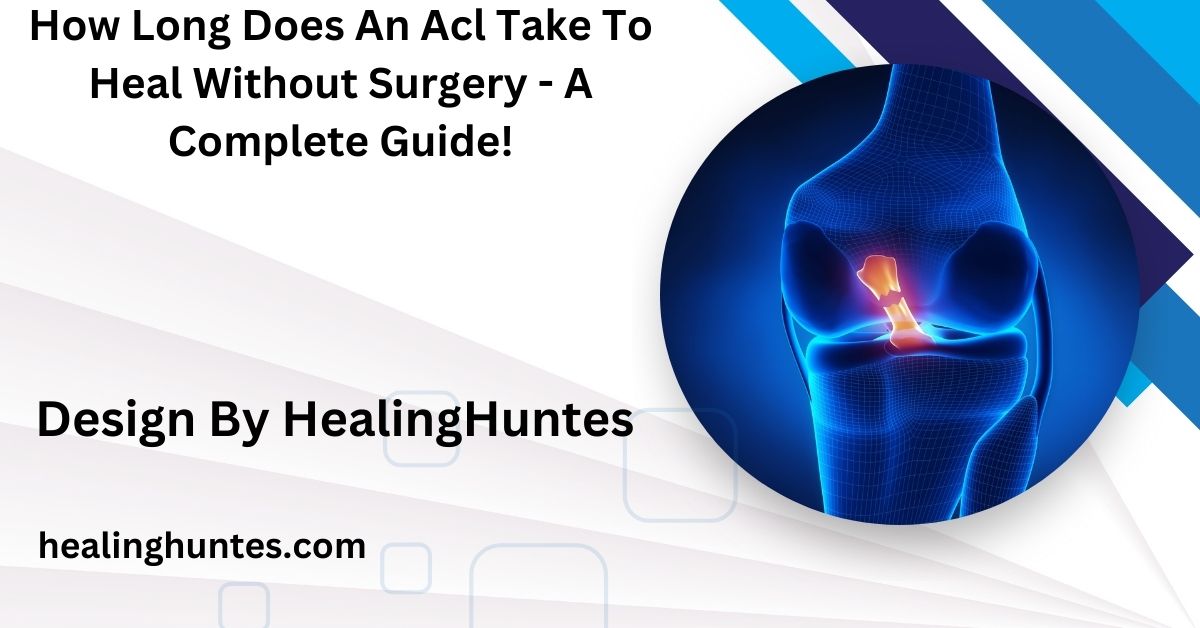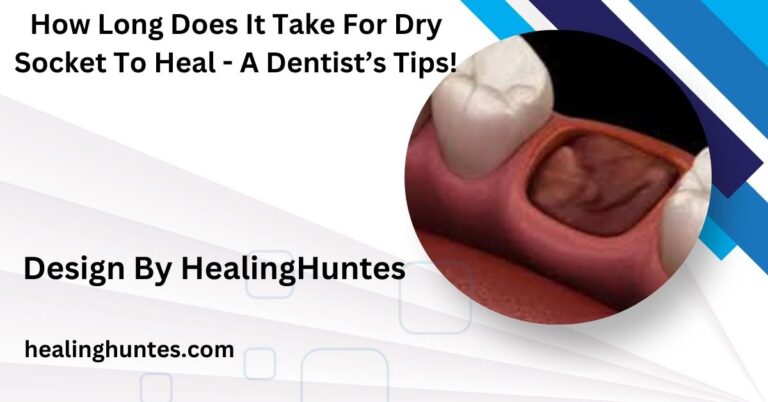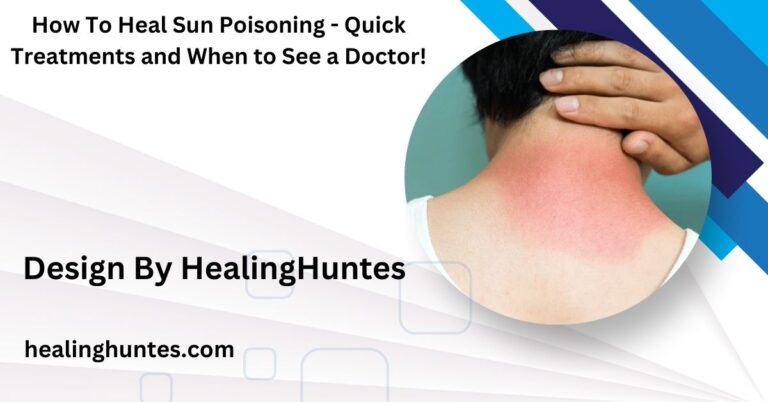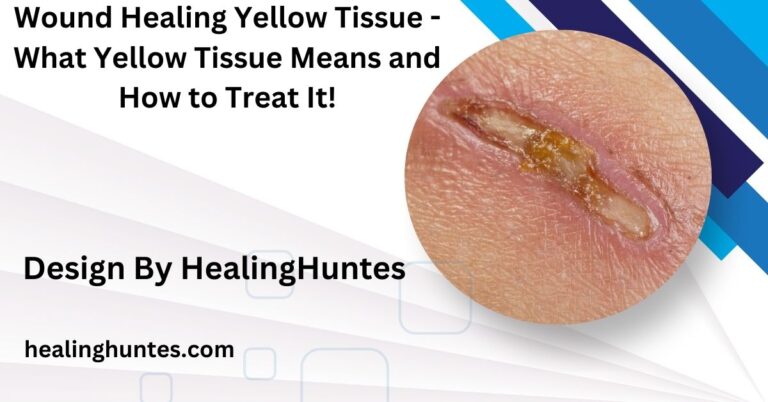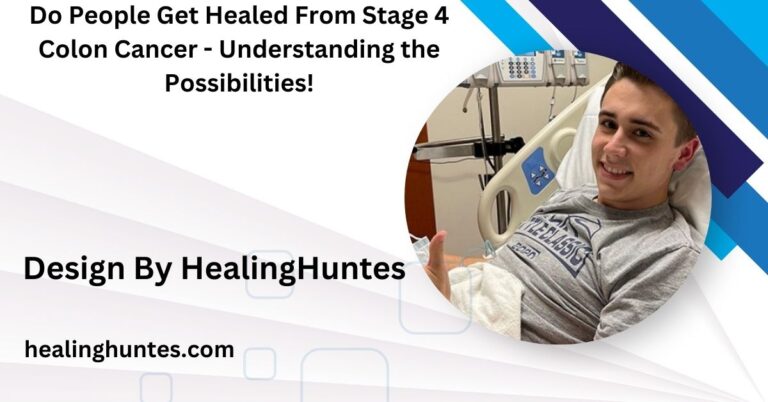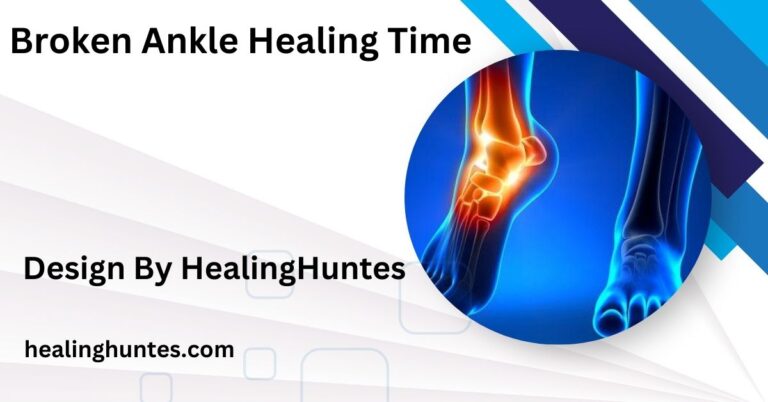How Long Does An Acl Take To Heal Without Surgery – A Complete Guide!
Healing an ACL without surgery typically takes 3-6 months, with recovery relying on consistent physical therapy and careful lifestyle adjustments.
In this guide, we’ll look at how long it typically takes for an ACL to heal without surgery, factors influencing the recovery process, and ways to manage and support healing naturally.
Understanding the Nature of ACL Injuries:
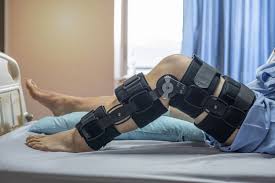
ACL injuries range from mild sprains to complete tears. The severity of an ACL injury significantly affects healing time and determines whether surgery is recommended or if non-surgical recovery is an option. For instance, a mild sprain may heal faster than a partial or complete tear. Understanding the type of ACL injury and your individual condition will guide recovery expectations and options for non-surgical healing.
Non-Surgical ACL Healing: What to Expect
Healing an ACL injury without surgery is possible, especially in cases where the tear is partial or mild. With the right rehabilitation and lifestyle modifications, the ligament can gradually heal, though it may not return to the exact strength it had before. Recovery time varies based on the extent of the injury, physical therapy consistency, and the body’s natural healing process.
Average Recovery Time for ACL Healing Without Surgery:
On average, non-surgical ACL recovery can take anywhere from 3 to 6 months. However, this timeline is influenced by factors such as:
- Extent of the Injury: A mild sprain can heal within weeks, whereas a partial tear may require several months.
- Physical Therapy Commitment: A strong physical therapy regimen is crucial for regaining mobility and strength.
- Individual Healing Ability: Factors like age, overall health, and activity level affect recovery speed.
For people with demanding physical requirements or athletic goals, it may take closer to 9 to 12 months to reach optimal functional strength and stability.
Also Read: How To Heal A Calf Strain Quickly – Is It Necessary!
Key Factors Affecting ACL Recovery Without Surgery:
- Injury Severity: A partial ACL tear or sprain can heal with rest and physical therapy, while complete tears often require surgical intervention.
- Rehabilitation Efforts: Adhering to a customized rehabilitation program is vital to build strength around the knee joint and restore function.
- Age and Physical Health: Younger, healthier individuals often experience faster recovery times, while older adults may require more time to heal.
The Role of Physical Therapy in Non-Surgical ACL Recovery:
Physical therapy is central to non-surgical ACL recovery. An effective program includes exercises that promote strength, stability, and flexibility around the knee joint. Regularly working with a physical therapist helps monitor progress and adjust exercises as the knee gains strength. Activities like controlled weight-bearing exercises, balance work, and strength training for the quadriceps and hamstrings are essential to promote stability and function in the knee.
Benefits and Drawbacks of Healing Without Surgery:
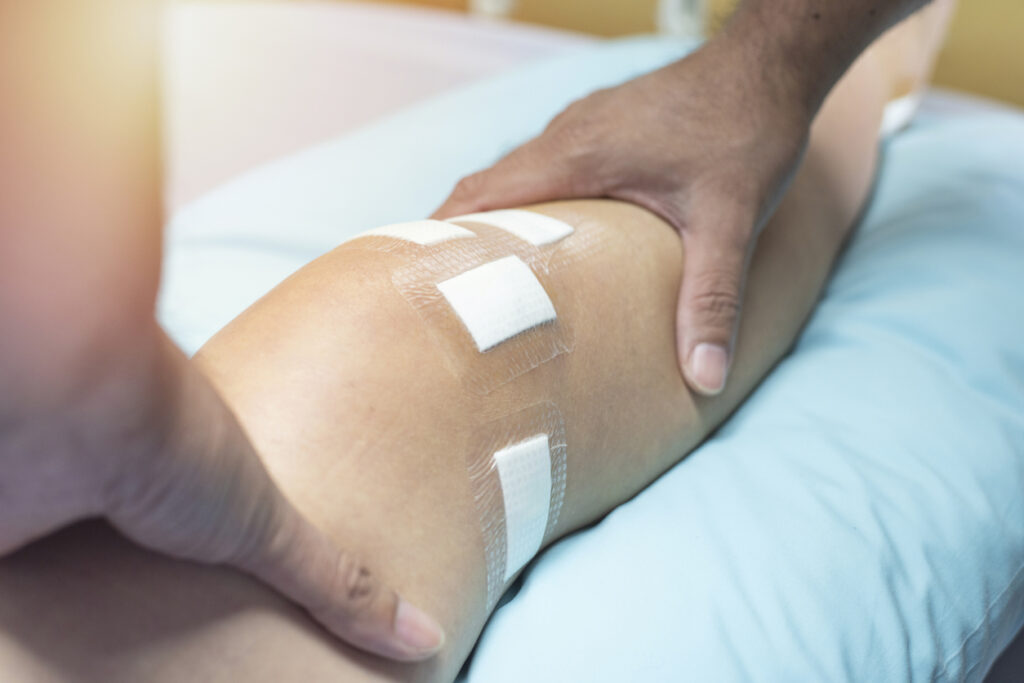
Benefits of Non-Surgical Recovery:
- Reduced Risk of Surgery Complications: Avoiding surgery means no surgical risks like infection or complications from anesthesia.
- Less Invasive: Healing without surgery allows a more natural recovery process.
- Cost-Effective: Non-surgical treatment is often less costly than undergoing ACL surgery and associated follow-ups.
Drawbacks of Non-Surgical Recovery:
- Potential for Re-Injury: Non-surgical recovery may not fully restore ligament strength, increasing the risk of future injury.
- Longer Rehabilitation: It may take longer to fully stabilize and support the knee joint without surgery.
Also Read: How To Heal A Dog Wound Fast At Home – A Comprehensive Healing Approach!
Tips for Faster ACL Healing Without Surgery:
- Rest and Avoid Overexertion: Rest is essential, especially in the initial stages, to avoid further damage to the ACL.
- Focus on Low-Impact Exercises: Swimming, cycling, and other low-impact activities can help maintain fitness without stressing the knee.
- Stay Consistent with Physical Therapy: Dedication to a structured program aids in building knee stability and strength.
- Use Supportive Bracing: Wearing a knee brace during physical activities can help support the knee and prevent re-injury.
- Maintain a Balanced Diet: Nutrient-rich foods support tissue repair and promote healing.
Signs of Progress in Non-Surgical ACL Healing:
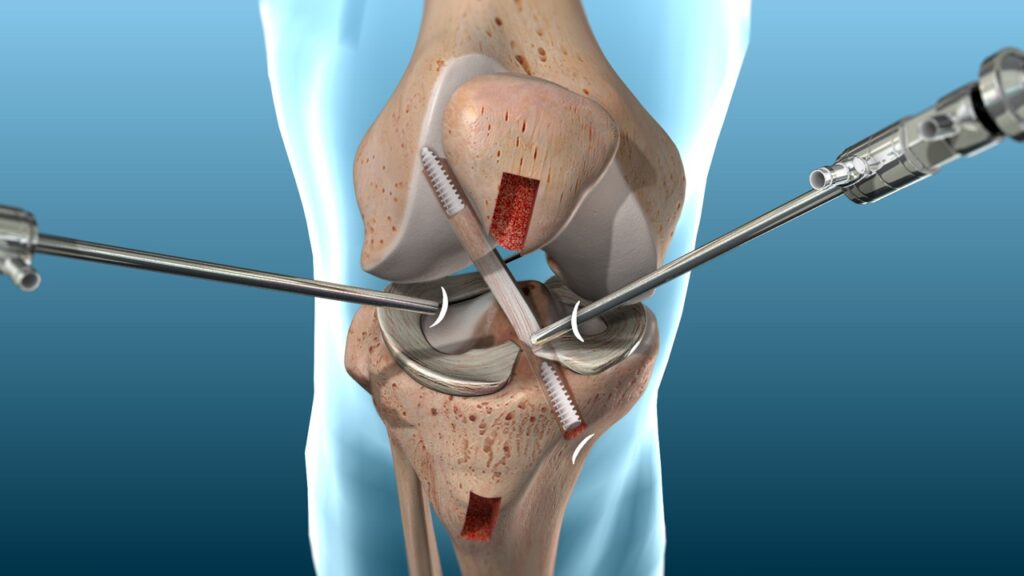
Monitoring progress is important to ensure proper healing. Key indicators of positive recovery include:
- Improved Range of Motion: Gradual restoration of movement without pain.
- Reduced Swelling: A steady decrease in knee swelling.
- Strength Gains: Increased muscle strength around the knee, aiding stability.
If there’s no improvement after several months of rehabilitation, it may be wise to re-evaluate the condition with a healthcare provider to discuss other options.
Alternative Therapies for ACL Healing Without Surgery:
Some individuals explore alternative therapies to support ACL healing. While these methods may not replace physical therapy, they can complement traditional treatments. Options include:
- Platelet-Rich Plasma (PRP) Therapy: PRP injections aim to enhance healing by using the body’s own growth factors.
- Acupuncture: Known for its pain-relieving properties, acupuncture may help manage knee discomfort.
- Chiropractic Adjustments: Some people find chiropractic adjustments beneficial for knee alignment and overall comfort.
Also Read: Is Itching A Sign Of Healing Or Infection – Itching Healing Indicator!
Preventing Future ACL Injuries:
Whether or not surgery was required, taking steps to prevent future ACL injuries is crucial. Strategies include:
- Strengthening the Lower Body: Focus on building strength in the quadriceps, hamstrings, and calves to support knee stability.
- Improving Flexibility: Regular stretching enhances mobility and reduces tension around the knee joint.
- Practicing Proper Form: Engage in good form during sports or physical activities to avoid unnecessary strain.
FAQ’s
1. How long does it take for an ACL injury to heal without surgery?
Typically, 3 to 6 months, depending on the injury’s severity and rehabilitation efforts.
2. Can a fully torn ACL heal without surgery?
Complete tears usually don’t heal fully on their own, and surgery may be needed for stability.
3. Are there exercises to support ACL recovery?
Yes, low-impact exercises like cycling and swimming, combined with physical therapy, aid in recovery.
4. What are the risks of non-surgical ACL recovery?
Non-surgical recovery may lead to knee instability and an increased risk of future injuries.
5. When should I consider surgery for my ACL?
Surgery is considered if you experience ongoing instability, pain, or have high physical activity needs.
Conclusion
The journey of ACL healing without surgery is unique and requires patience, commitment, and a well-structured rehabilitation plan. While many can recover without surgical intervention, success heavily depends on injury severity, consistency in physical therapy, and lifestyle adjustments. For those committed to a non-surgical route, maintaining an open line of communication with healthcare providers will ensure optimal recovery and long-term knee health.
